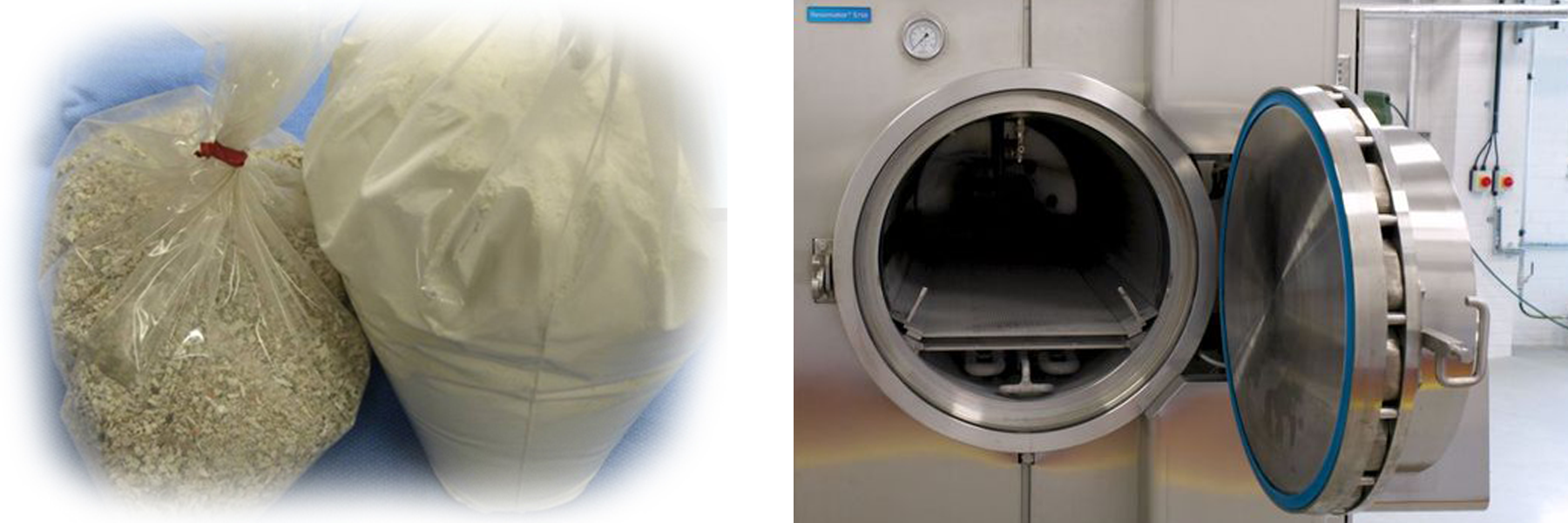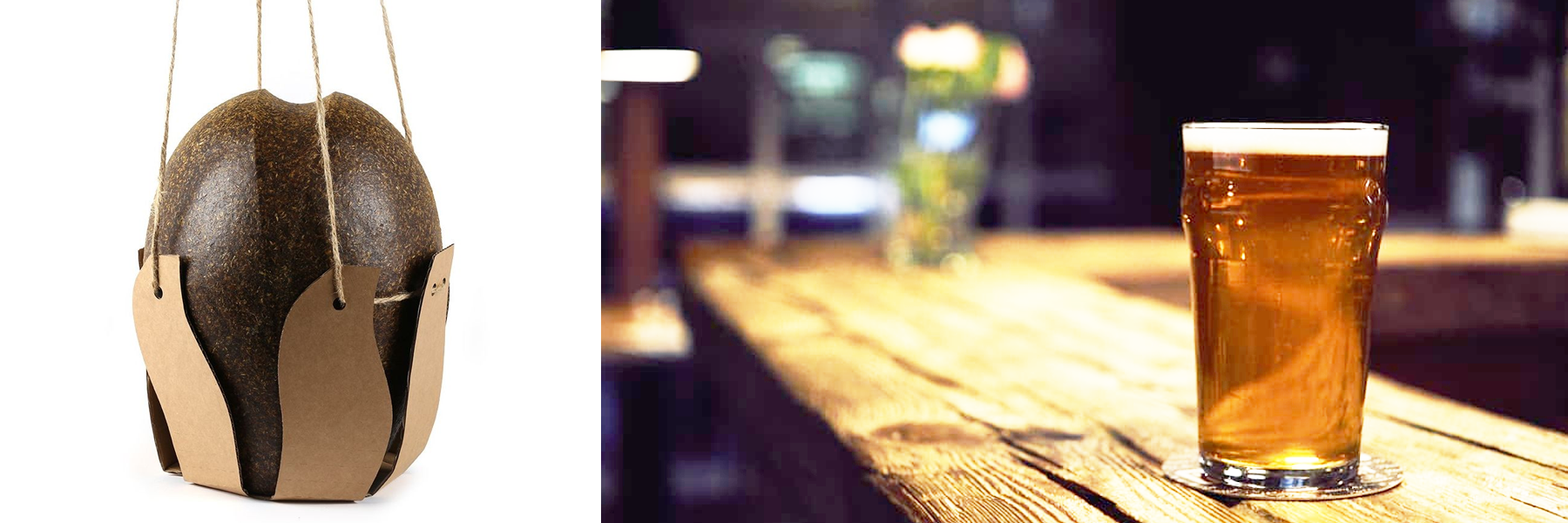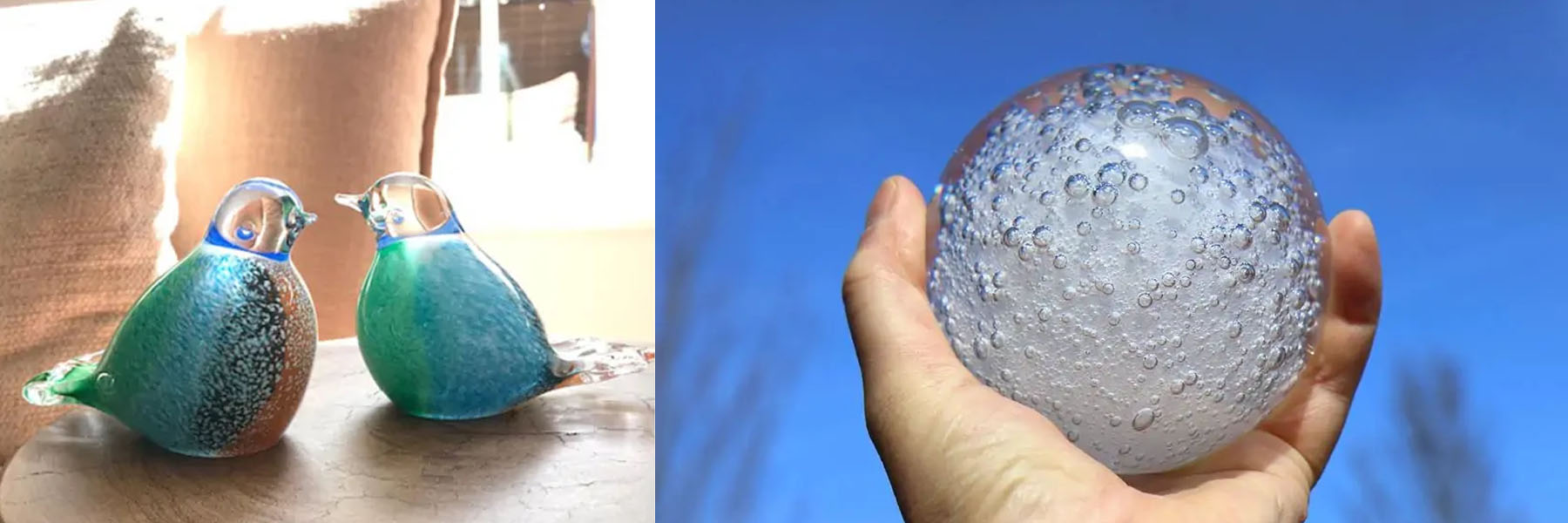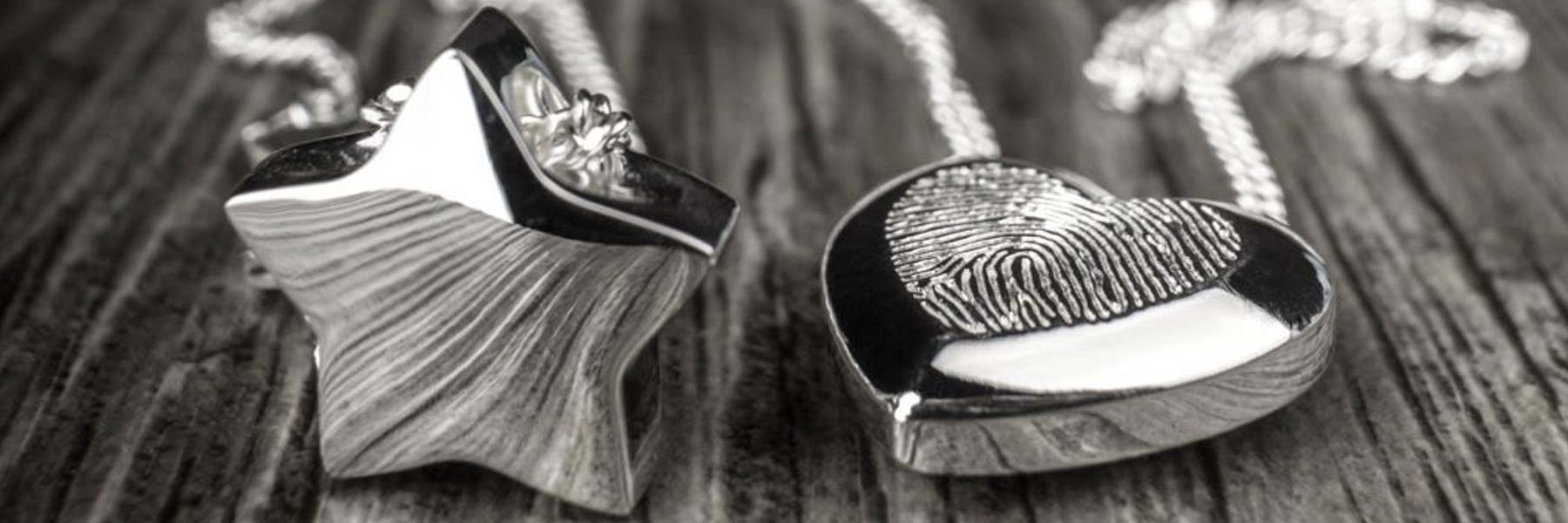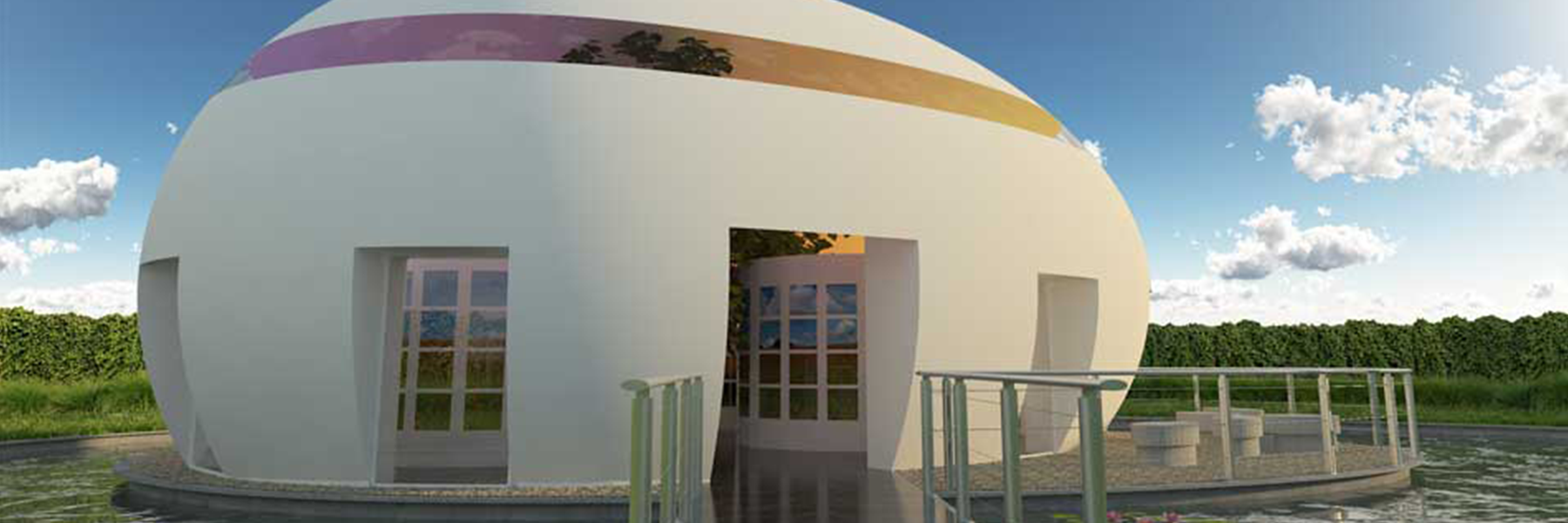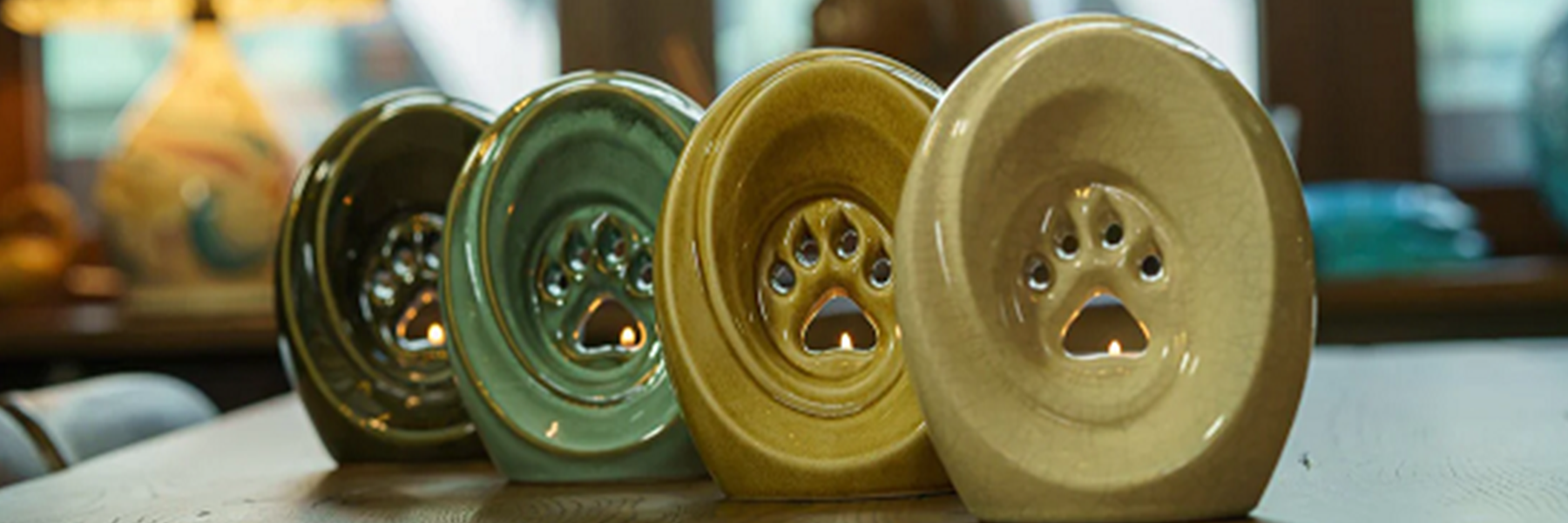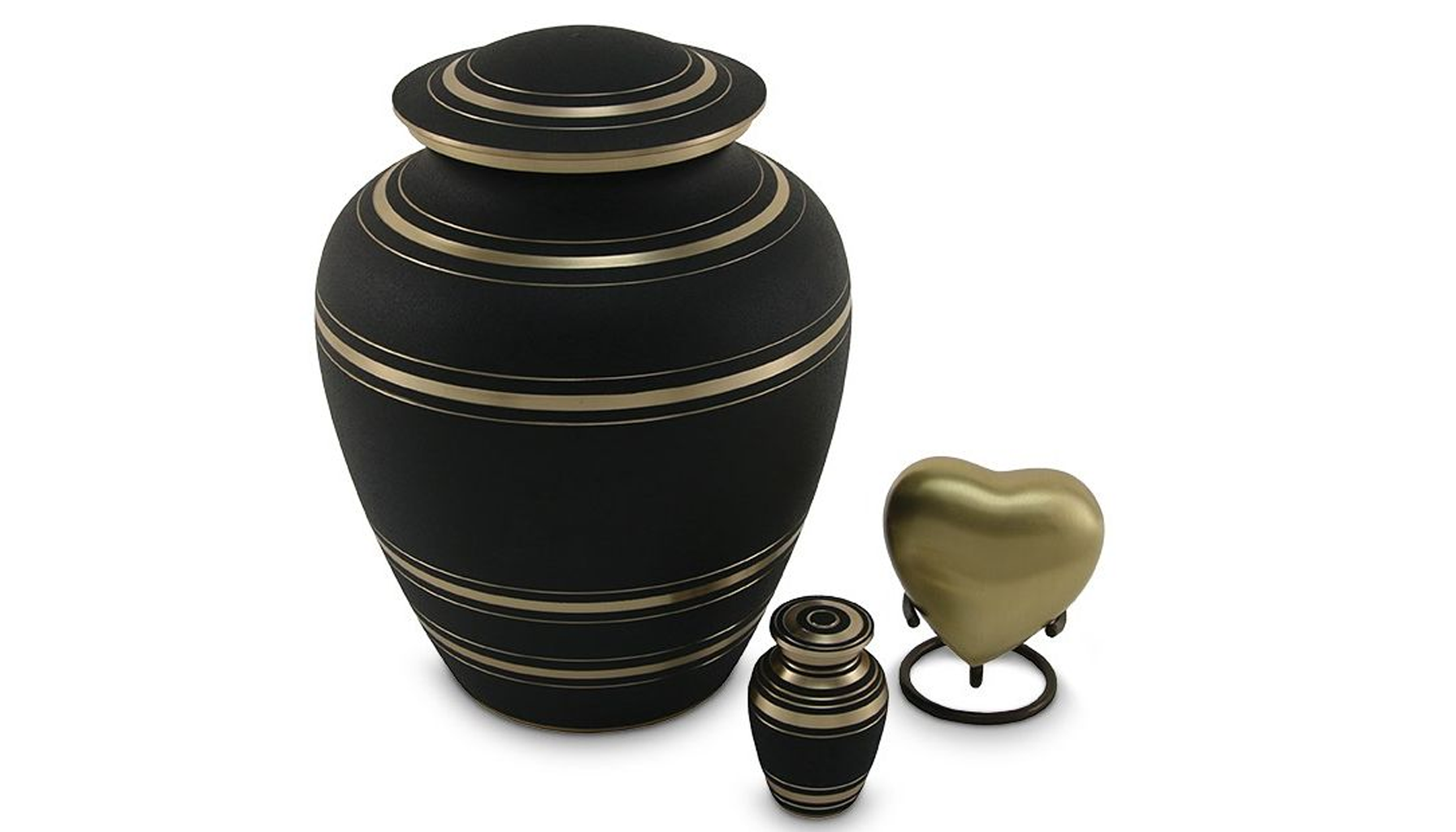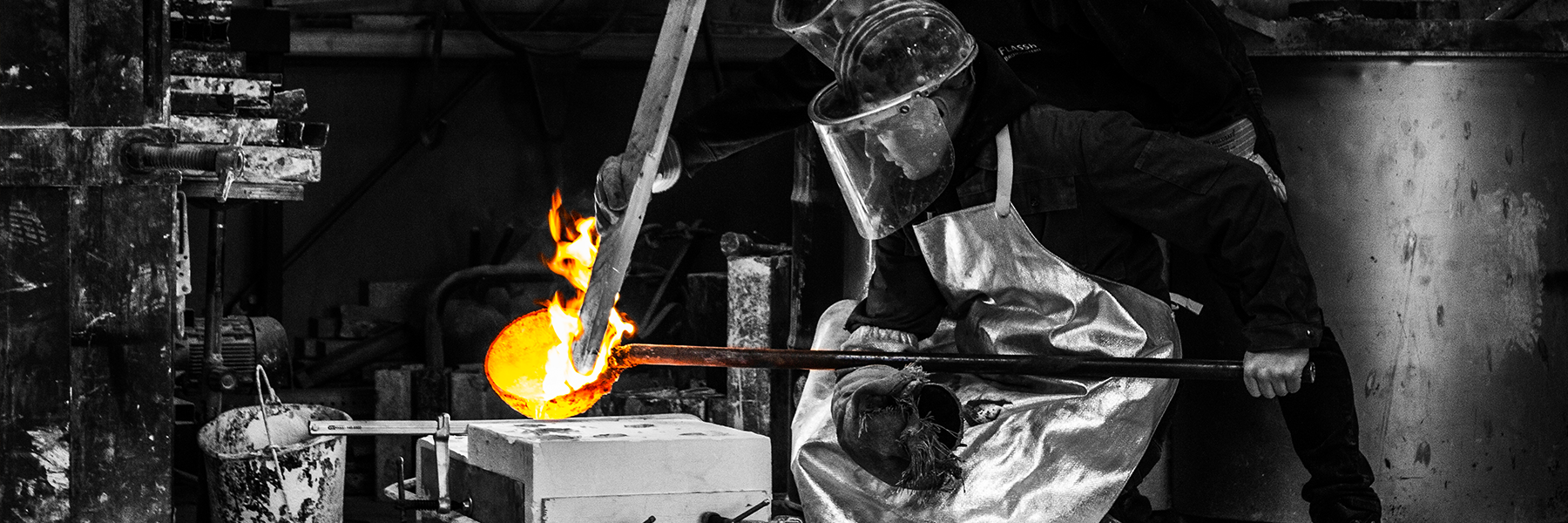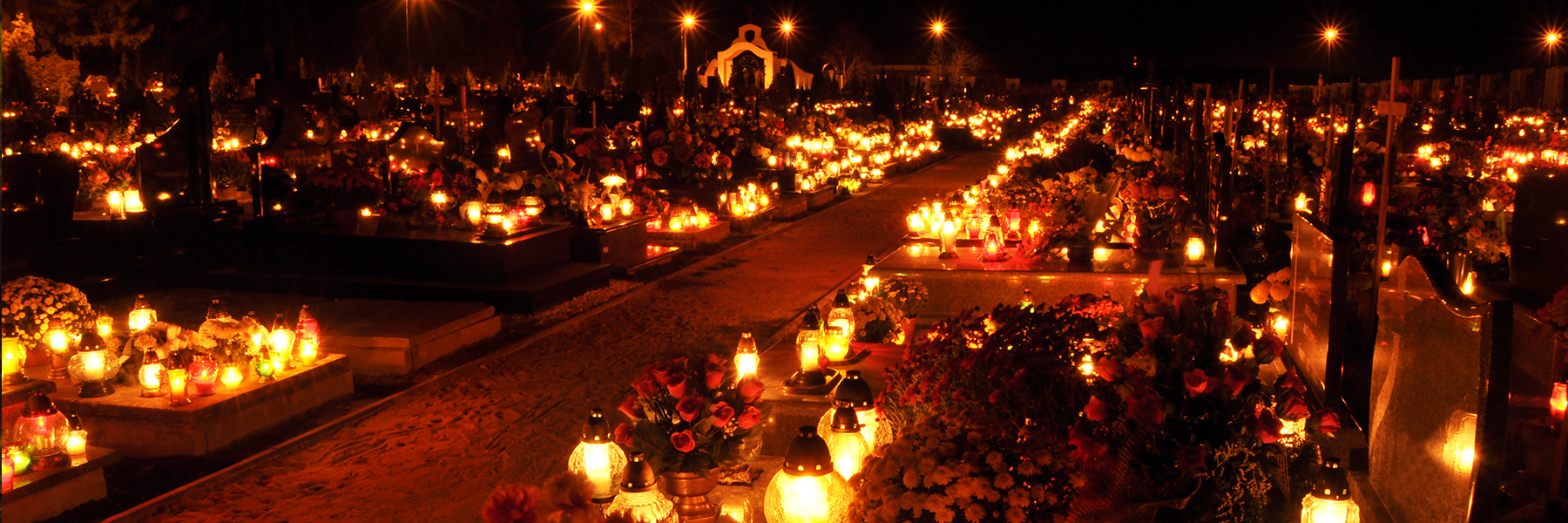Resomation, the Greenest Funeral
Resomation is a relatively new entrant in the funeral industry, presenting a much greener alternative to traditional cremation while yielding essentially the same end result. In resomation, the body undergoes decomposition with the help of water and an alkaline solution. The outcome is nearly pure water and dried ashes suitable for storage in an urn for ashes.
In 2014, the Dutch research organization TNO conducted a study for a funeral organization regarding the possibilities of resomation. The findings indicated that resomation is not only more environmentally friendly but also more cost-effective than cremation. We are eager to see how the funeral industry will embrace this method in the future.
Resomation, Water cremation, or Alkaline Hydrolysis as it is also known, is available in some parts of the USA, Canada, Australia, New Zealand, the UK and Ireland. Contact your local funeral parlour to find out more. In Europe and rest of the world, progress continues to be made to introduce resomation as a safe, natural and environmentally sustainable end of life option.
Handling Cremation Ashes After Resomation?
After the resomation process, a liquid remains, which is neutralized using hydrochloric acid. This leaves a mixture of ashes and water. The ashes and water are then separated. The water can be safely disposed of without harming the environment, while the ashes (or, more accurately, bone remnants) can be used similarly to cremation ashes.
The key distinction between ashes from resomation and those from cremation is that resomation produces a whiter and finer powder. On average, resomation yields about 30% more ashes than cremation. Assuming about 183 to 214 cu in or 3 to 3.5 liters of ashes from cremation, this would mean approximately 238 to 275 cu in or 3.9 to 4.5 liters from resomation. This implies that current-generation urns may be on the smaller side. However, it's increasingly common to scatter part of the ashes and distribute the remaining ashes among several family members using keepsake cremation urns for ashes. Another growing trend is preserving ashes in memorial or cremation ashes jewelry.

